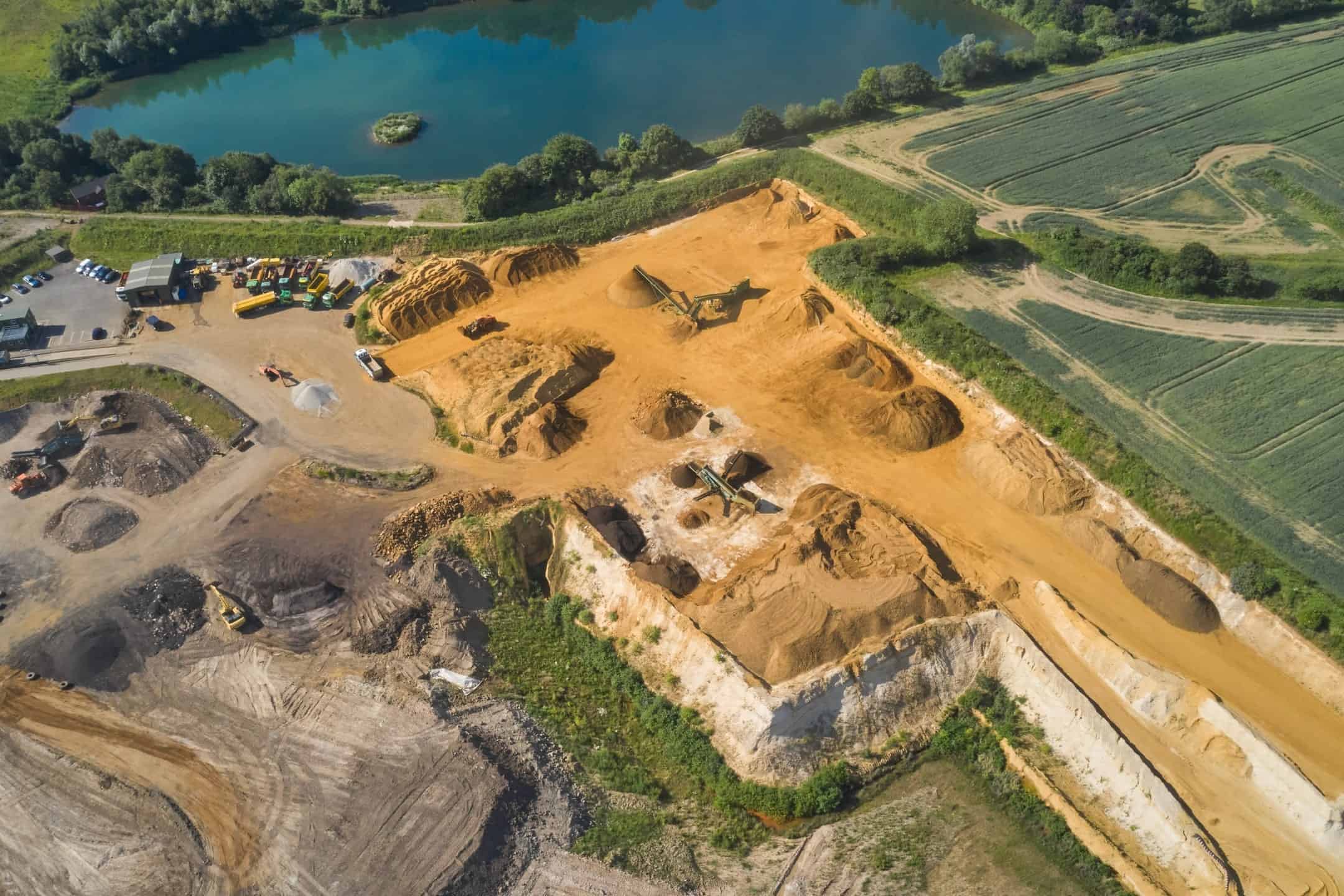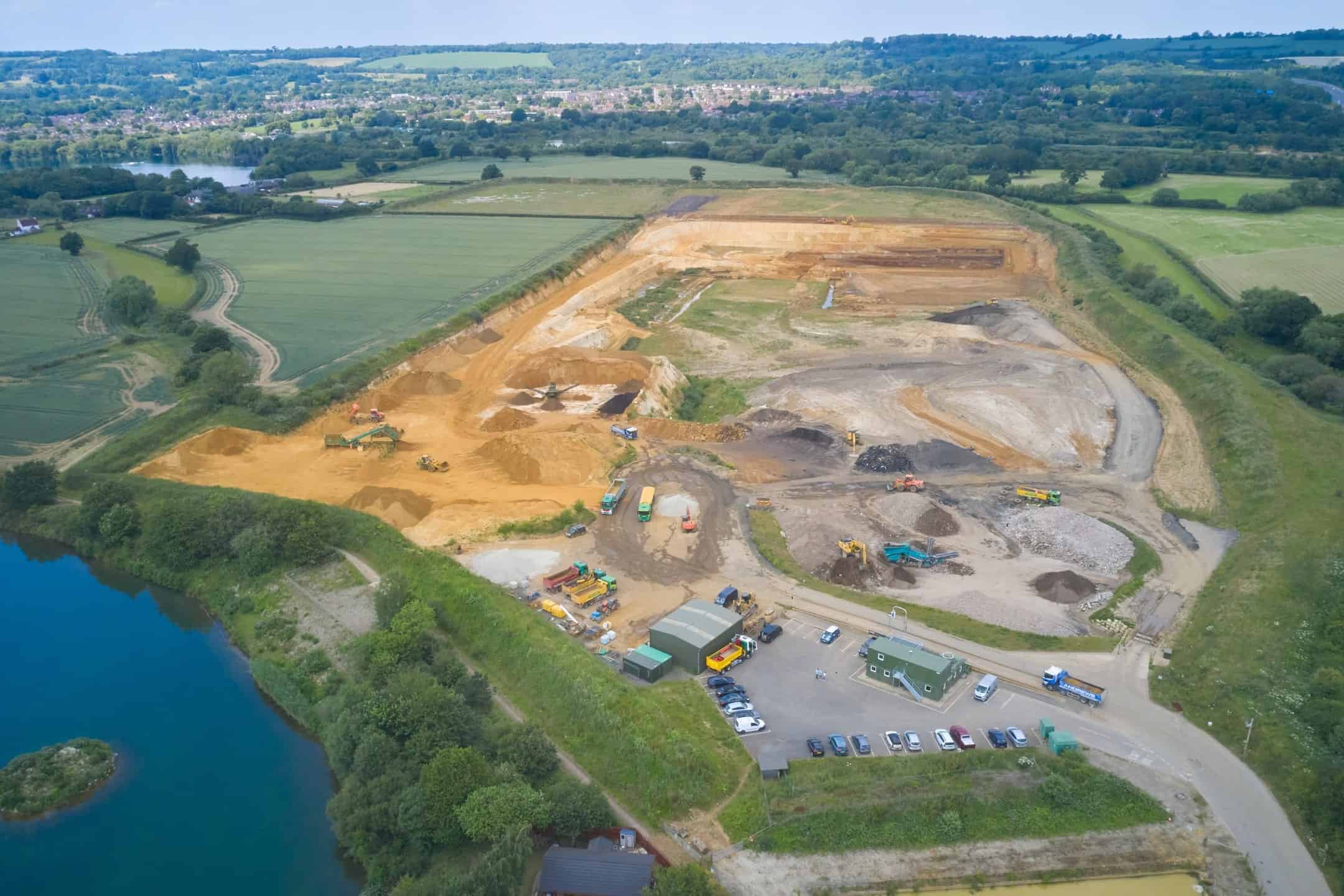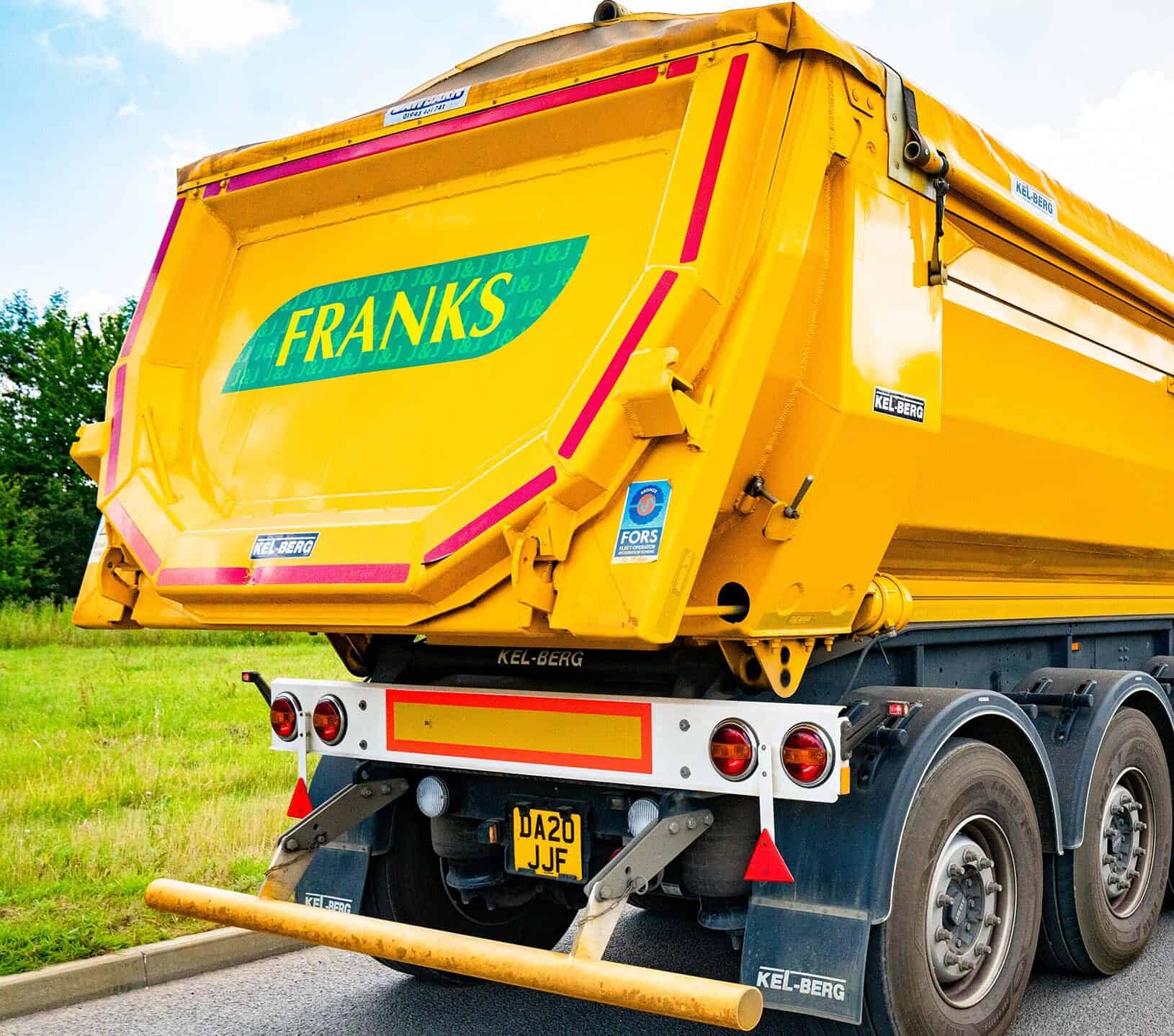Quarrying plays a pivotal role in construction and infrastructure, providing primary materials like sand, gravel, and stone for various projects. However, once quarrying activities cease, the land left behind can be significantly impacted. At J&J Franks, we understand the importance of not only utilising land for resources but also ensuring that it is restored to a sustainable state for future use. Land restoration after quarrying offers a way to give back to the environment, creating positive long-term effects that extend beyond the quarry’s operational life.
What is Land Restoration and Why is it Important After Quarrying?
Land restoration involves rehabilitating a site to return it to a productive or natural state, often aiming to recreate habitats that existed before quarrying or to develop new landscapes. The process typically involves various steps, which can include removing contaminants, reshaping the land, and re-establishing vegetation through planting native plants and trees. It may also involve efforts to improve soil quality, enhance water retention, and promote biodiversity. At J&J Franks, we prioritise restoring land as a fundamental part of our quarrying operations in Nutfield.
The importance of land restoration after quarrying is multifaceted. It contributes to environmental sustainability, enhances biodiversity, and returns value to the local community. By making restoration a priority, companies like us at J&J Franks can help repair the land and facilitate its return to a useful state.

How Does Land Restoration Benefit Local Ecosystems?
One of the primary benefits of restoring land is the positive impact it has on local ecosystems. Quarrying activities disrupt the natural habitat, often displacing wildlife and altering the local flora. By restoring the land, we can create new habitats or restore previous ecosystems, providing a space for wildlife to return.
Land restoration also improves soil quality by reintroducing organic nutrients that are essential for plant growth. Healthy soil supports vegetation, which plays a crucial role in the ecosystem by providing food and shelter for various species. Additionally, planting trees and shrubs helps to prevent soil erosion, which can be a significant issue in areas previously used for quarrying.
What Are the Economic Advantages of Restoring Land After Quarrying?
Land restoration offers economic benefits that extend beyond environmental gains. Restored land can be repurposed for a variety of uses that bring value to local communities. For example, former quarry sites can be transformed into parks, recreational areas, or agricultural land, all of which can provide employment opportunities and boost local economies.
For construction and quarrying companies like us at J&J Franks, prioritising land restoration enhances our reputation and demonstrates a commitment to sustainability. This can improve relations with local communities and stakeholders, making it easier to secure future projects. Moreover, a restored site may also contribute to a company’s compliance with environmental regulations, which can reduce potential fines and liabilities.
The initial investment in land restoration can also lead to long-term cost savings. Restored land requires less ongoing maintenance than an abandoned quarry site, which can become a liability if not properly managed. By restoring our land, J&J Franks helps ensure that it remains a productive asset for years to come, providing both economic and environmental returns.
If you are interested in learning more about our land restoration initiatives, please contact us today.









